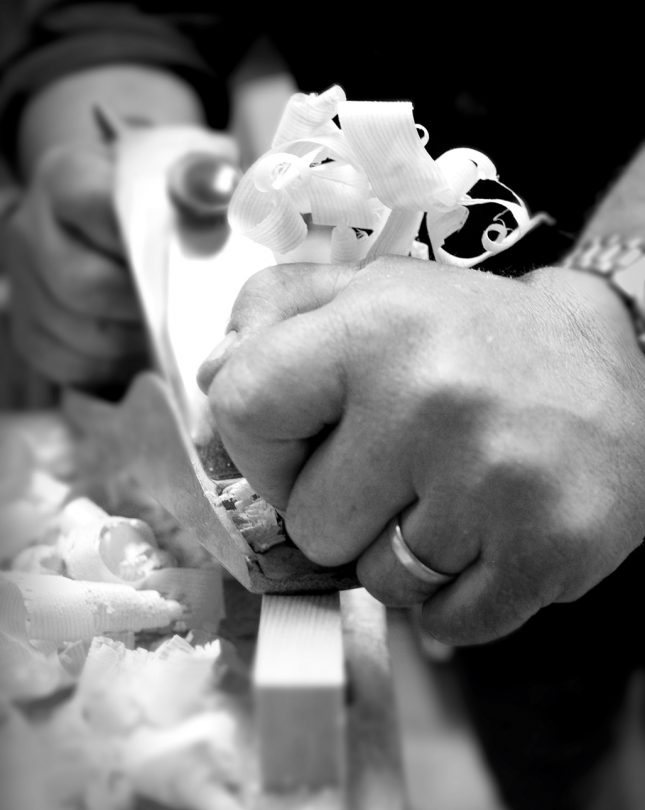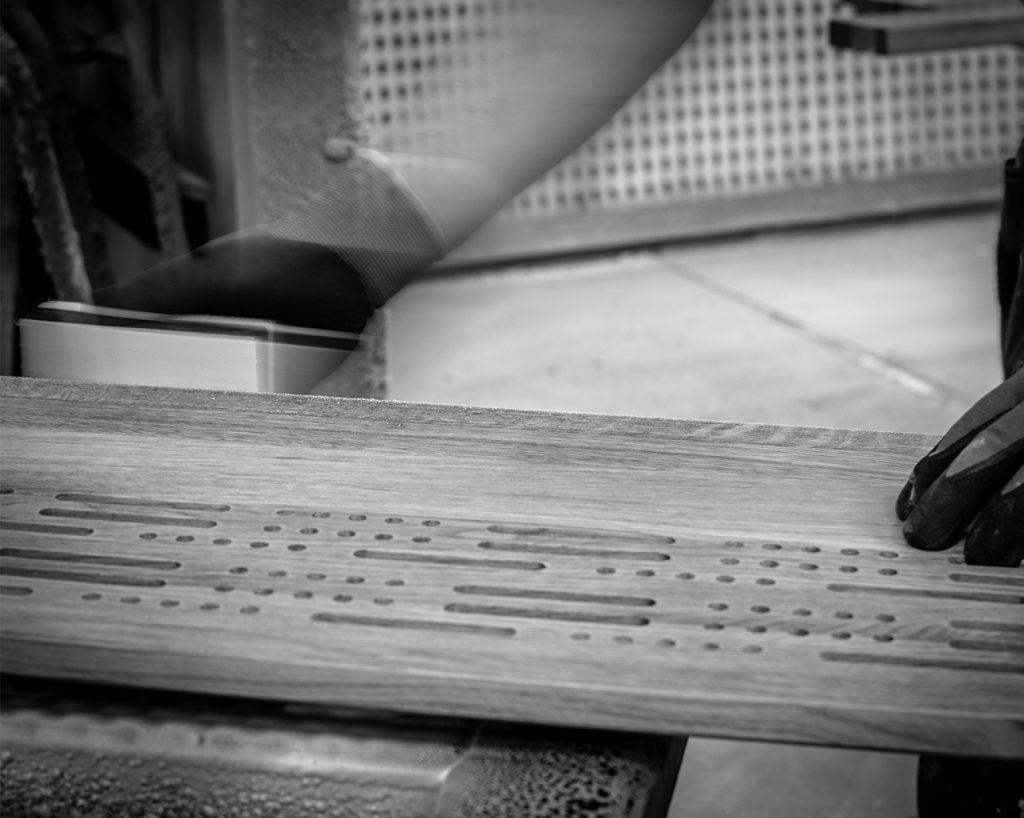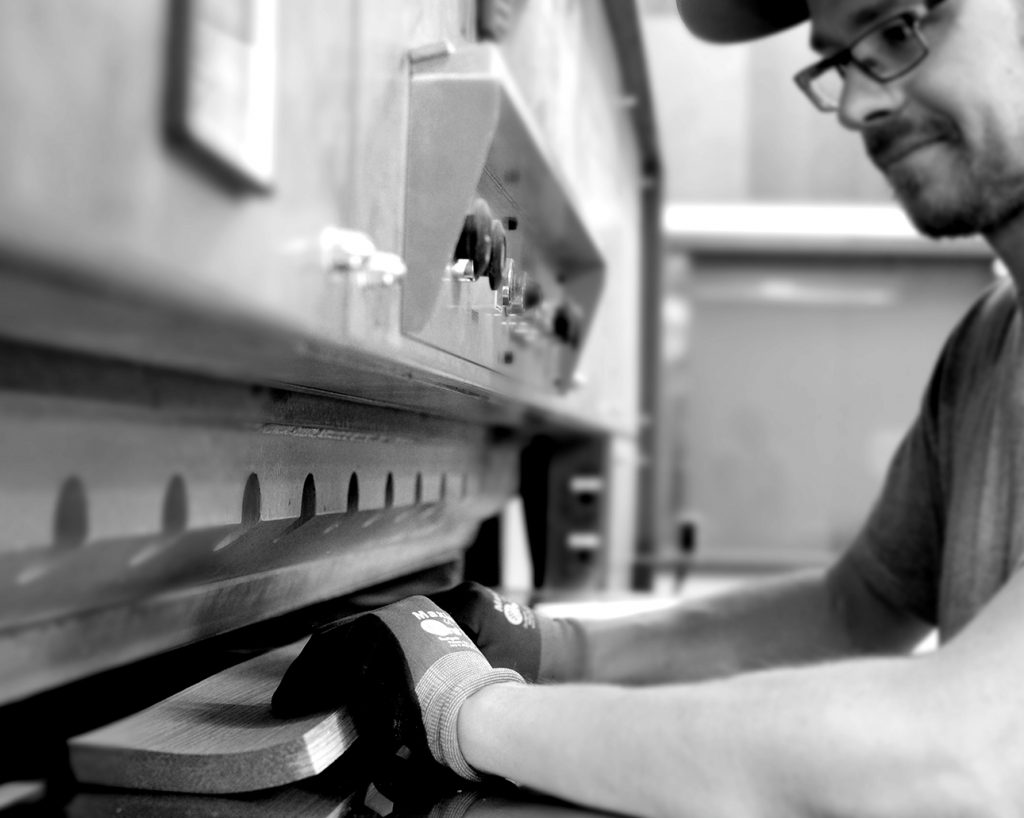Our latest news and views English
Underpinned by our Scandinavian design heritage, we bring you regular stories about architecture and interiors, exploring natural materials, acoustics, and the creation of safe and harmonious environments.
First there was hygge, then there was fika. And now, we would like to suggest: sloyd. A core part of primary education in Scandinavia, sloyd teaches children how to work with wood, appreciate design and engage with environmental issues, as well as nurture soft skills.

Featured in 2016’s ‘Word of the Year’ shortlist, and the subject of a global craze, there was ‘hygge’. This Danish import was all about ‘cosiness’ and the practice of taking pleasure in the simple things. From Sweden, there is ‘fika’ – ritualised coffee breaks, first in our office kitchens, now virtually over video calls. Have you heard of ‘lagom’ – the concept of striving for moderation? Around the world, communities have embraced this Scandinavian lexicon, and have found sanctuary from the habits of fast-pace lifestyles.
An older export from Sweden is ‘ombudsman’ – an impartial representative. And it’s true: key to Swedish culture is egalitarianism. Boasting is deemed unacceptable and competition is discouraged in children. Great importance is placed on soft skills – personal qualities, habits, attitudes and social graces, with the belief that equipping students with these skills is vital for a fulfilling adulthood, both personally and professionally: ‘hard skills will get you the job, soft skills will keep it.’
Let us introduce you to ‘sloyd’, a Swedish word roughly translated as ‘handiwork’. More than just a word, sloyd’s is a subject taught as part of a holistic education in Sweden. In the same way that the purpose of Physical Education lessons are not to create future Olympians, the primary role of educational sloyd is not to create woodworking artisans. The focus of educational sloyd is not on the quality of the work, but on the qualities its practice develops in the worker.
Sloyd dates back to the late 1800s, when it was conceived in Finland, and further developed by Swede Otto Salomon. Salomon had been inspired by the German pedagogist, Friedrich Froebel, the inventor of Kindergarten and advocate of woodwork as an activity that encourages children to play, explore and express their imagination. In 1875 Salomon started a School of Crafts near Gothenburg, training teachers both the practical skills for teaching sloyd, as well as the theories underlying it. In Salomon’s own words, the aim of sloyd is:
‘to utilise … the educative force which lies in rightly directed bodily labour, as a means of developing in the pupils physical and mental powers which will be a sure and evident gain to them for life.’
Salomon believed that children in primary school should be able to judge the true aesthetics of an object, without being distracted by decoration: Is the object well designed? Is it well proportioned? Does it fulfill its purpose?


As all design professionals are aware, the practicality of a design goes hand in hand with understanding the nature of the material, and this forms part of the sloyd curriculum. An environmental conscience, circular economies, durability and limiting waste – important lessons for all us, whether we work in the design industry or not – are all introduced through the practice of educational sloyd.
Add to this the interpersonal skills, such as patience, problem-solving, communication, and pride in workmanship, and it becomes clear that sloyd provides a platform for self expression and growth.
The Father of Modern education, Pestalozzi suggested that education should combine the powers of ‘head’, ‘heart’ and ‘hands’. As Swedish artist and woodworker, Jögge Sundqvist, writes, ‘Sloyd affects us by satisfying the body and in turn, the soul. There is a kind of practical contemplation where there is time for thought — a certain focused calm, which is an antidote to today’s media-centred society.”
This early appreciation for harmony between form, function and materiality is reflected in the qualities of Scandinavian design. Industrialisation arrived late in Nordic regions, cold nights drew in early, and wood was abundant.
Evenings were spent indoors in the warmth, crafting useful tools and practical domestic equipment, and in their creation, bringing an emotional warmth to the makers. Scandinavian design – simple, understated, well-made – was an organic product of the Scandinavian way of life.
Finnish architect Alvar Aalto once said that wood is the most deeply human of all materials, and working with the material from an early age at school – the place where we begin to learn and gain the confidence to shape our world – will plant the seeds for a career in design, engineering or architecture, in some young minds.
The Norwegian design trio Studio Sløyd state that their whole design approach is based on the educational subject, and many other design professionals can trace their choice of career back to the exploration of materials as children; London-based Swedish interior designer Staffan Tollgard, from Tollgard Design Group, says:
“For me, sloyd was the first opportunity I had to get stuck in, hands on, working with wood and design – on something that was not only theoretical. Working with your hands – sculpting and creating – is such an amazing skill to learn and it also gives you a ‘hands-on confidence’ to perhaps tackle other, practical, things in life.”
Tollgard also recalls a particular item he created in his early sloyd lessons: “When I was 12 I glued 8 large blocks of wood together and spent most of a term turning the large block, each lesson, until I had a beautiful bowl. As far as I know my mother still has it. I know for a fact that my need for creativity in my work and the confidence to embark on a design education was sparked by my early sloyd lessons back in school in the 80s.”
ArchDaily predicts that the use of reclaimed wood and exposed wood – will be an interior design trend that will shape the next decade. Perhaps it’s time to put away our hygge blankets and introduce sloyd classes in schools across the world, inspiring a generation of wood-centric design professionals?
